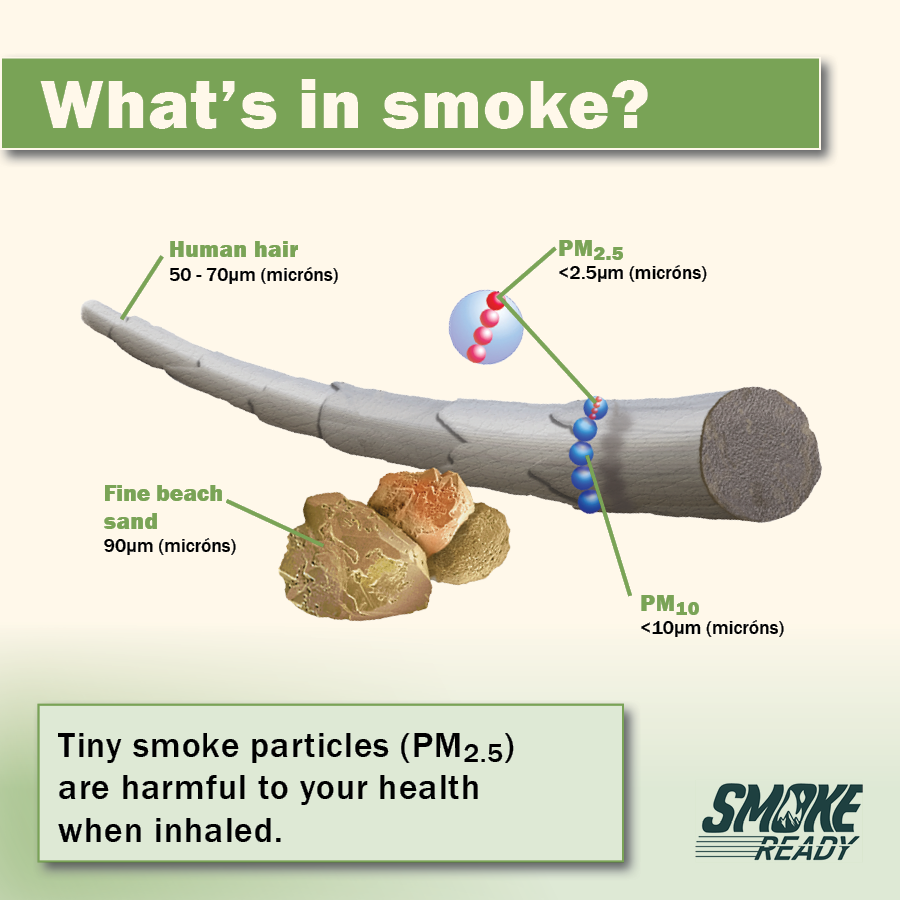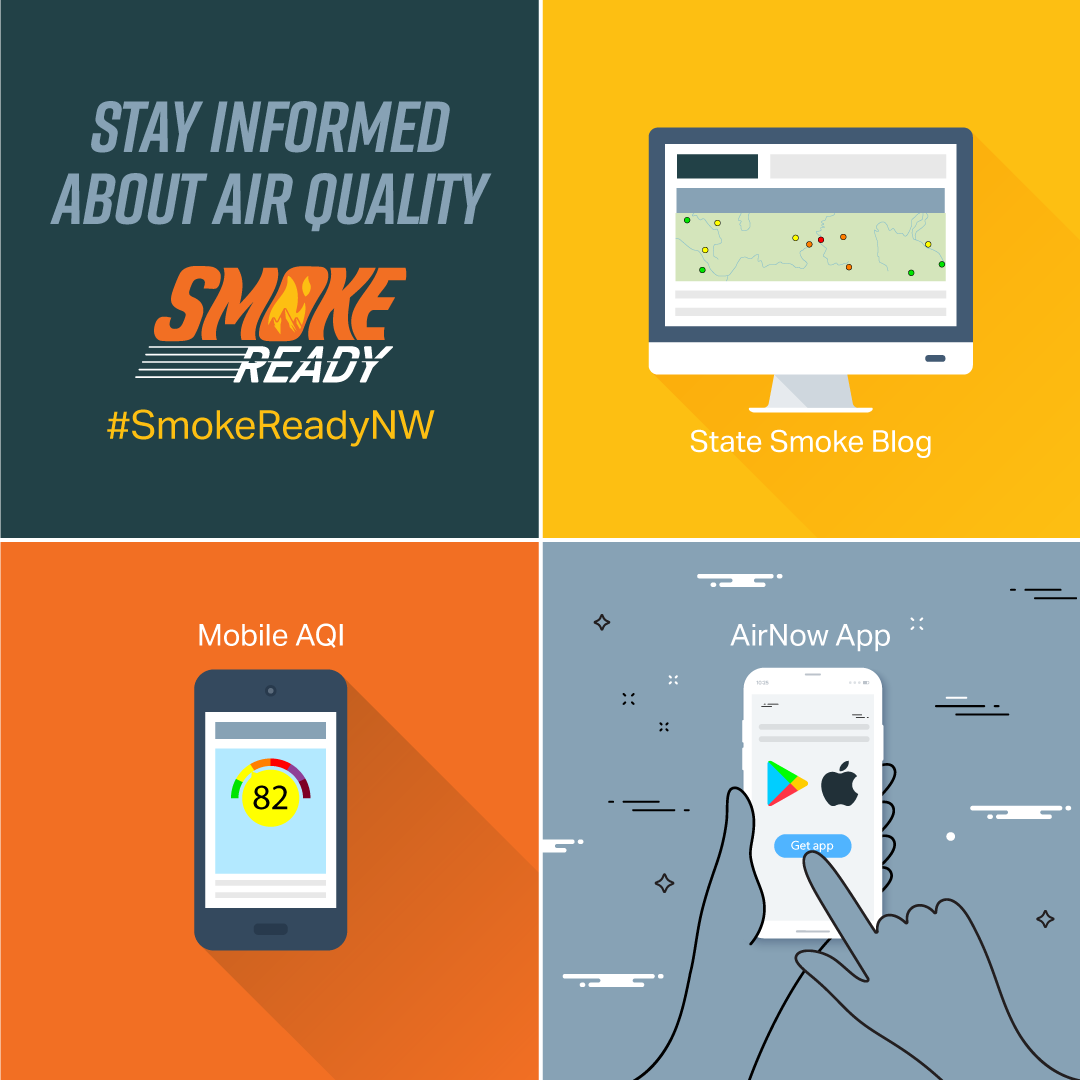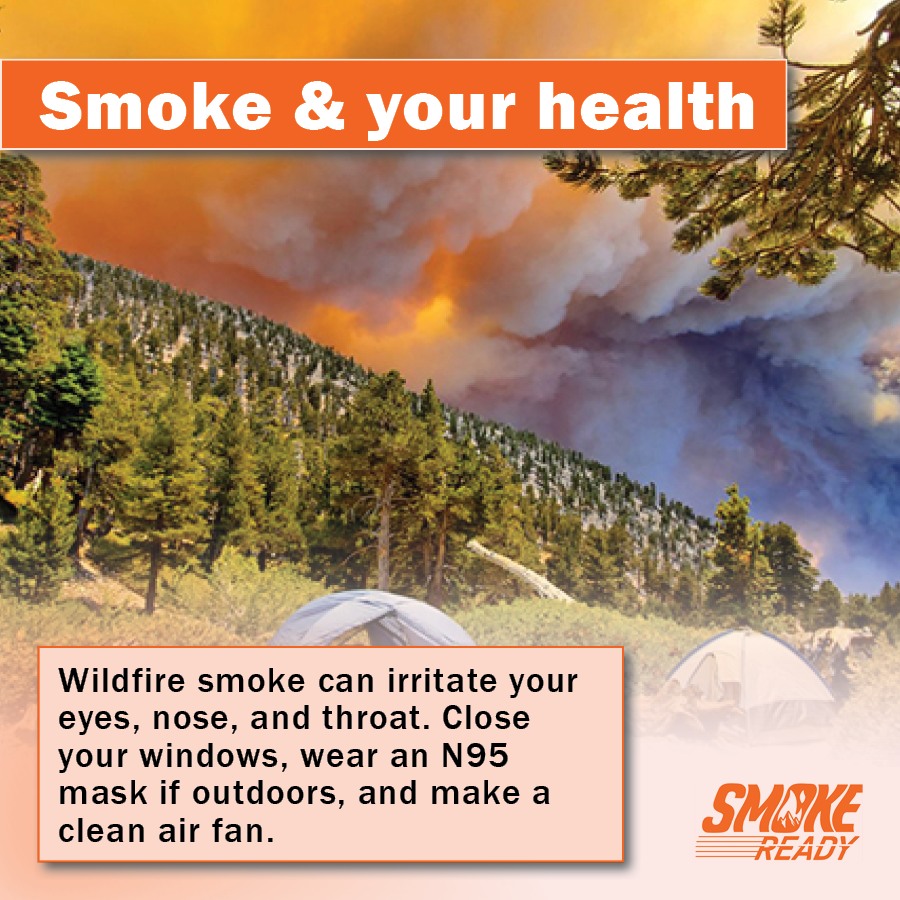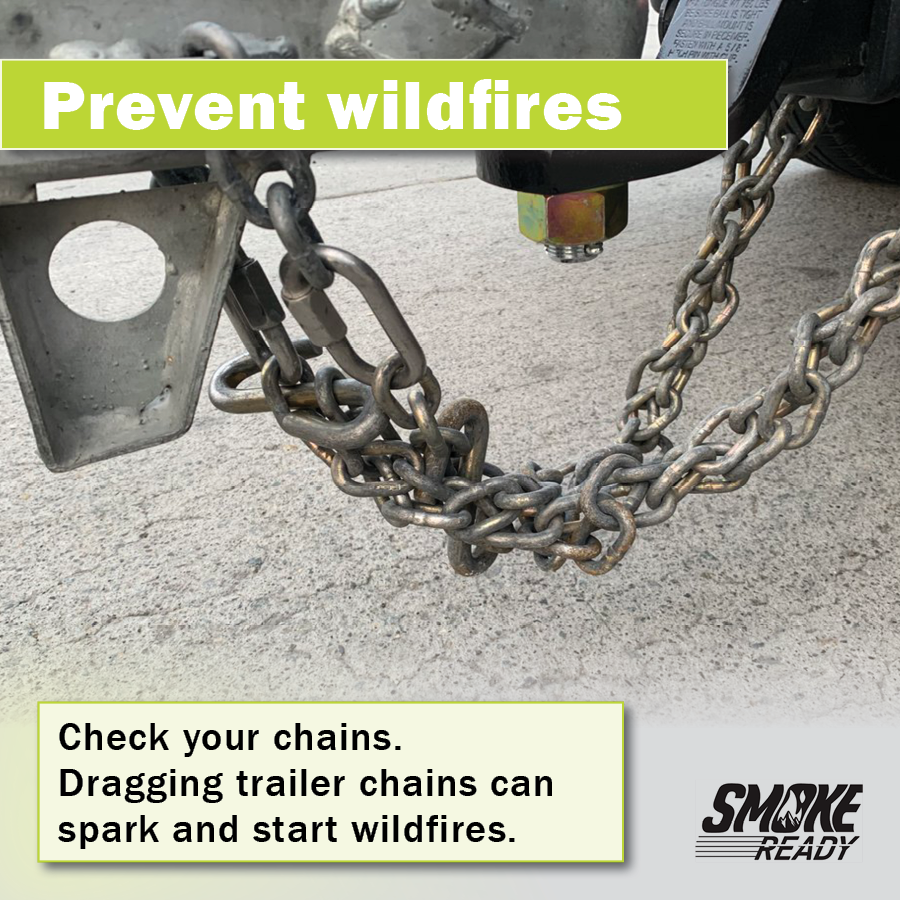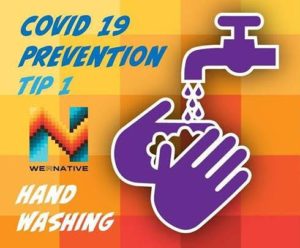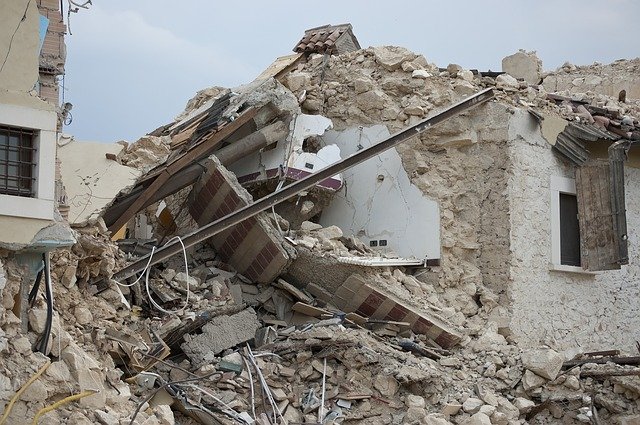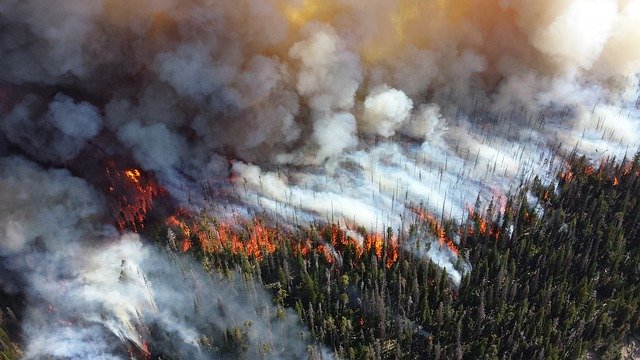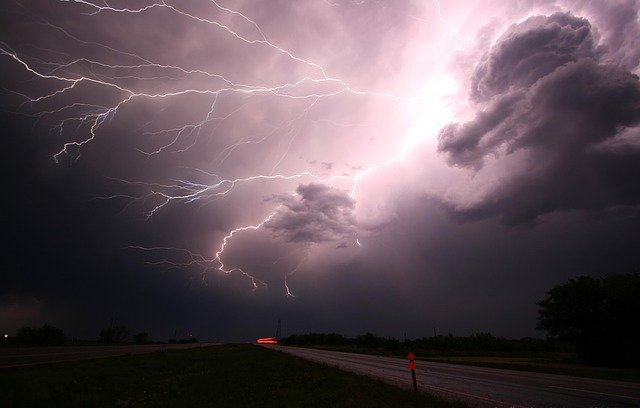Lightning is a leading cause of injury and death from weather-related hazards. Although most lightning victims survive, people struck by lightning often report a variety of long-term, debilitating symptoms. Thunderstorms are dangerous storms that include lightning and can:
-
Include powerful winds over 50 MPH;
-
Create hail; and
-
Cause flash flooding.
IF YOU ARE UNDER A THUNDERSTORM WARNING, FIND SAFE SHELTER RIGHT AWAY
-
When thunder roars, go indoors!
-
Move from outdoors into a building or car.
-
Pay attention to alerts and warnings.
-
Unplug appliances.
-
Do not use landline phones.
HOW TO STAY SAFE WHEN A THUNDERSTORM THREATENS
Prepare NOW
-
Know your area’s risk for thunderstorms. In most places, they can occur year-round and at any hour.
-
Sign up for your community’s warning system. The Emergency Alert System (EAS) and National Oceanic and Atmospheric Administration (NOAA) Weather Radio also provide emergency alerts.
-
Identify nearby, sturdy buildings close to where you live, work, study, and play.
-
Cut down or trim trees that may be in danger of falling on your home.
-
Consider buying surge protectors, lightning rods, or a lightning protection system to protect your home, appliances, and electronic devices.
Survive DURING
- When thunder roars, go indoors. A sturdy building is the safest place to be during a thunderstorm.
- Pay attention to weather reports and warnings of thunderstorms. Be ready to change plans, if necessary, to be near shelter.
- When you receive a thunderstorm warning or hear thunder, go inside immediately.
- If indoors, avoid running water or using landline phones. Electricity can travel through plumbing and phone lines.
- Protect your property. Unplug appliances and other electric devices. Secure outside furniture.
- If boating or swimming, get to land and find a sturdy, grounded shelter or vehicle immediately.
- If necessary, take shelter in a car with a metal top and sides. Do not touch anything metal.
- Avoid flooded roadways. Turn Around. Don’t Drown! Just six inches of fast-moving water can knock you down, and one foot of moving water can sweep your vehicle away.
Be Safe AFTER
- Listen to authorities and weather forecasts for information on whether it is safe to go outside and instructions regarding potential flash flooding.
- Watch for fallen power lines and trees. Report them immediately.
Associated Content
- Thunderstorms Information Sheet (PDF)
- NOAA Watch (Link)
- Centers for Disease Control and Prevention - Lightning (Link)
- American Red Cross (Link)

